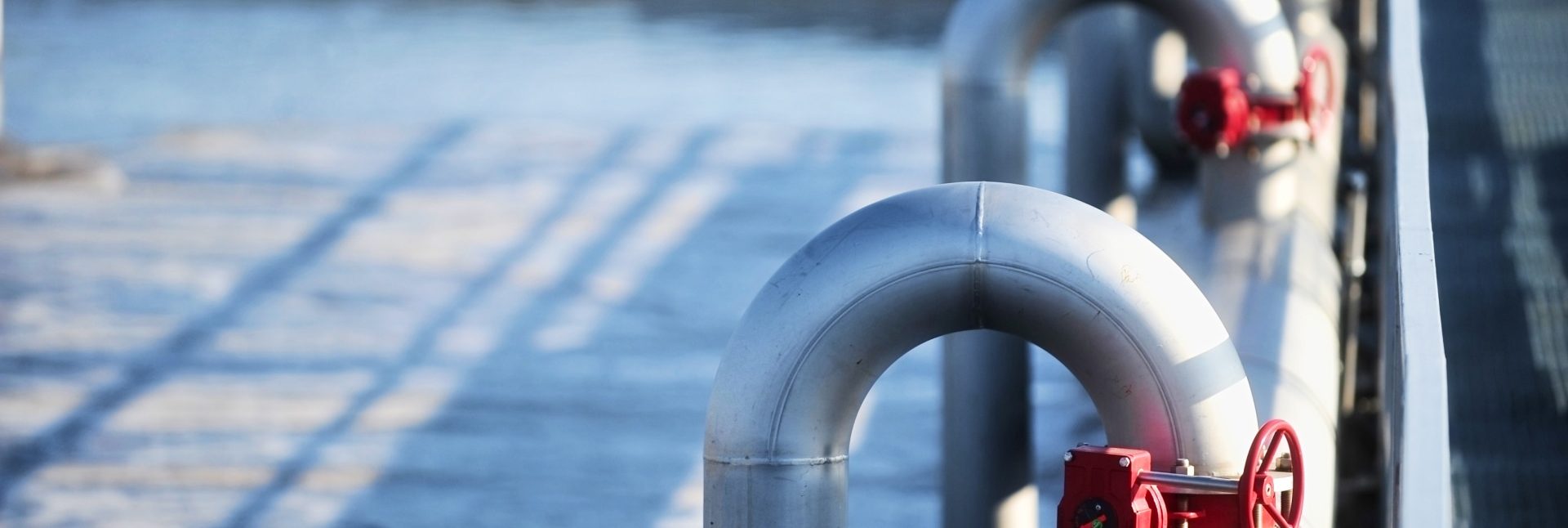Description
Chlorination of potable water, wastewater effluent, and industrial cooling water is widely used throughout the world to control biological activity in the water. Disinfection of potable water with chlorine ensures that tap water is safe to drink after passing through the distribution system piping.
Wastewater disinfection helps to ensure that receiving streams are safe for recreational use, and cooling water chlorination reduces biofouling that can degrade heat transfer efficiency. This wide use of chlorination for disinfection purposes results in the need for a reliable “residual chlorine” analyzer that can operate in a variety of applications.


